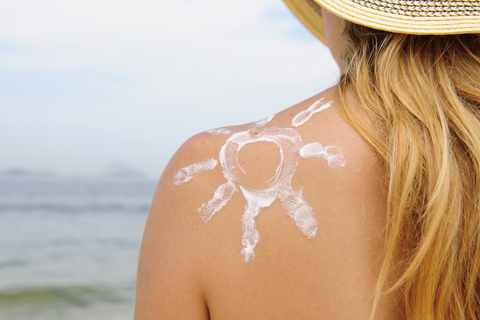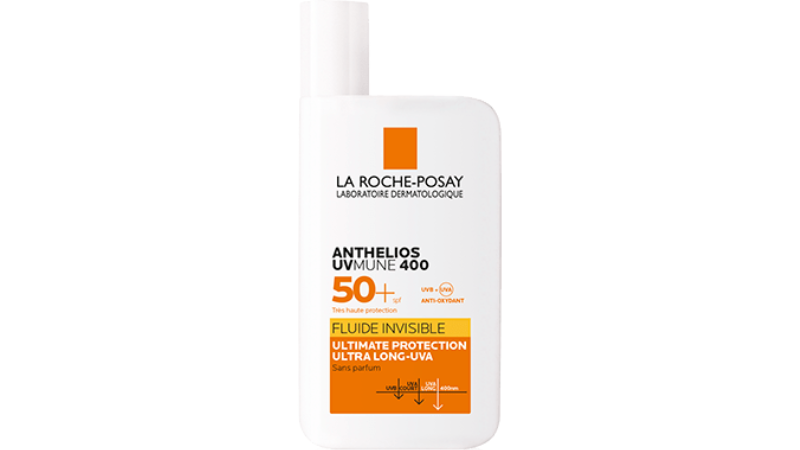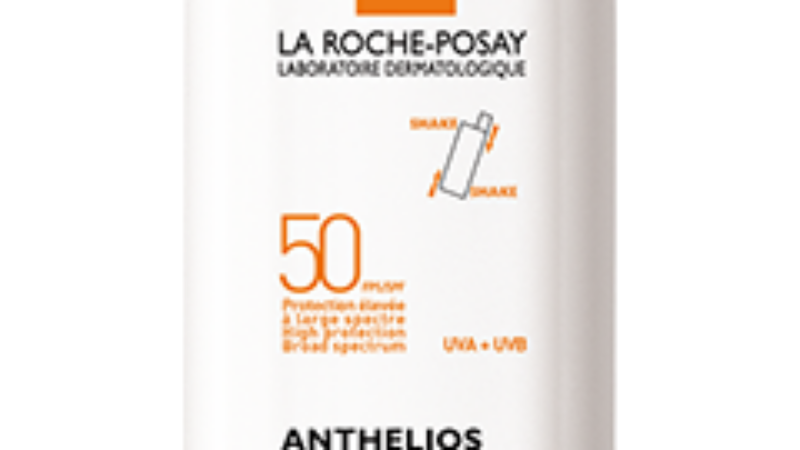If you ever wonder whether you’re doing it right – applying your sunscreen that is – you may be happy to know that the Food and Drug Administration (FDA) is issuing new guidelines geared to helping protect consumers from skin cancer through clearer labeling on sun protection products. The guidelines take effect June 18, though it will take some time to filter through to store shelves.
Cause for concern is that the sun’s UV rays are comprised of both UVA and UVB rays. And if you’re judging a sunscreen by existing guidelines, namely the SPF (sun protection factor) rating, then you only know how much protection it offers against UVB rays – those that cause sunburn. UVA rays penetrate deeper into the skin and cause premature aging. UVA rays can also penetrate through clouds and windows and they are prevalent year round. Both types of rays contribute to skin cancer.
Sunscreen products will have to pass a new FDA test that allows them to be labelled as “broad spectrum”, followed by its SPF (sun protection factor), to indicate that it offers effective protection against both UVA and UVB rays. The FDA is also considering a proposal to cap the SPF indicator at “50+” (similar to the European Union) based on research that anything higher than 50 is only marginally better. For the very low SPF products (those that do not pass the broad spectrum test or have an SPF of 14 or lower), they will be required to carry a warning that reads, in part, “This product has been shown only to help prevent sunburn, not skin cancer or early skin aging.”
Skin care experts recommend wearing a sunscreen every day, year round. Yet, it’s estimated that only 1 in 5 people wear sunscreen properly on a consistent daily basis. You should apply a small shot glass worth of sunscreen to cover face, ears, neck, hands and any other exposed skin, but people typically wear about a half to a third of the recommended amount of sunscreen, which results in them only getting a half to a third of the coverage they think they’re getting. Suddenly, an SPF 30 product, will only deliver SPF 10 or 15 protection.
Want to buy a sunscreen that delivers excellent protection against both UVA and UVB rays and that already meets proposed FDA guidelines? Consider our full line of Anthelios sunscreens. Formulated with Mexoryl SX and Mexoryl XL, they come in a range of formulations to suit all skin types.
Read more here.



